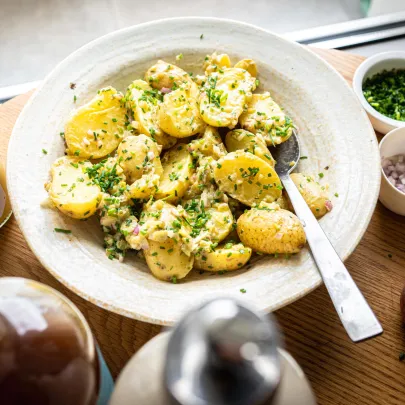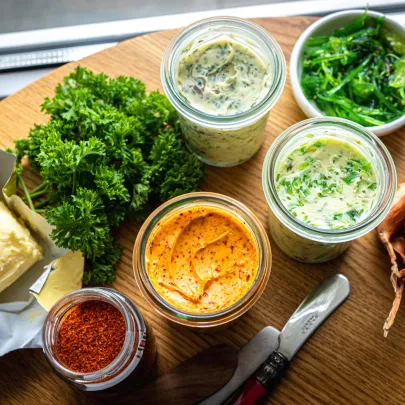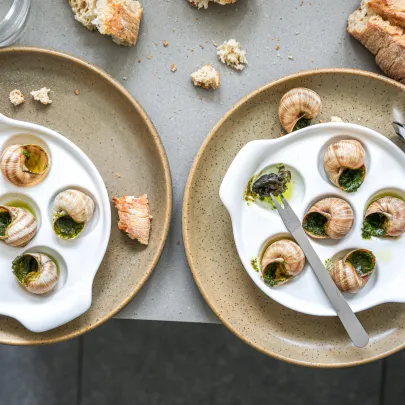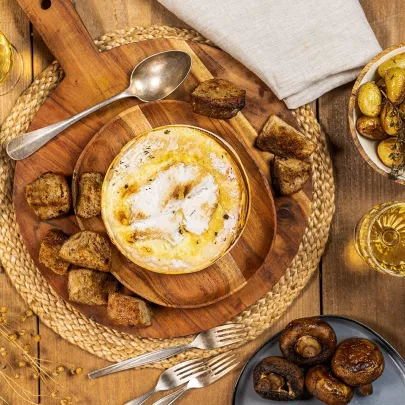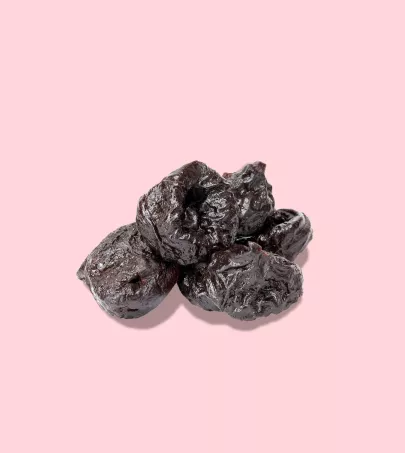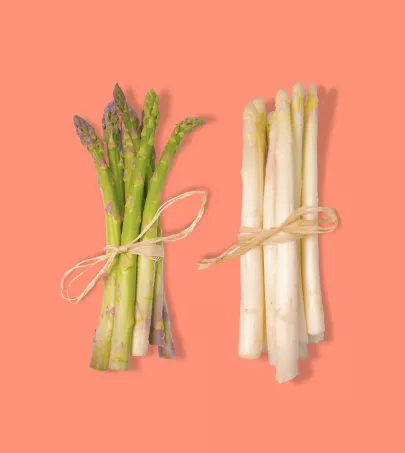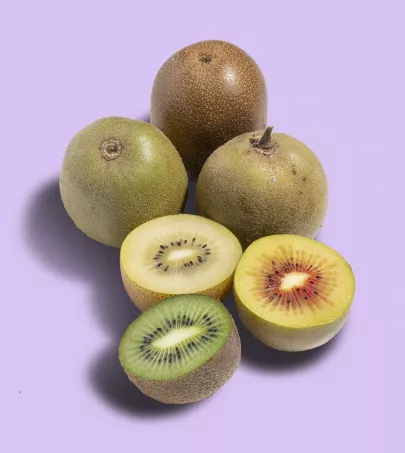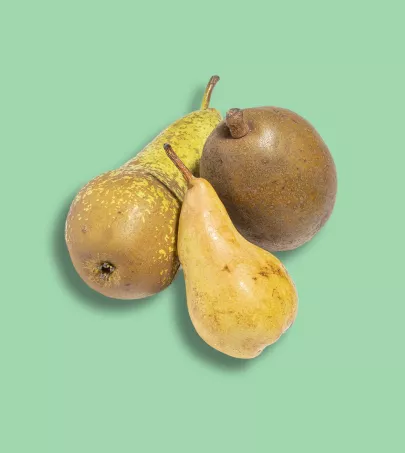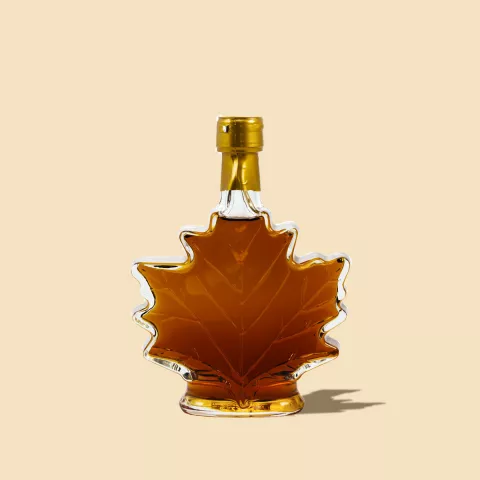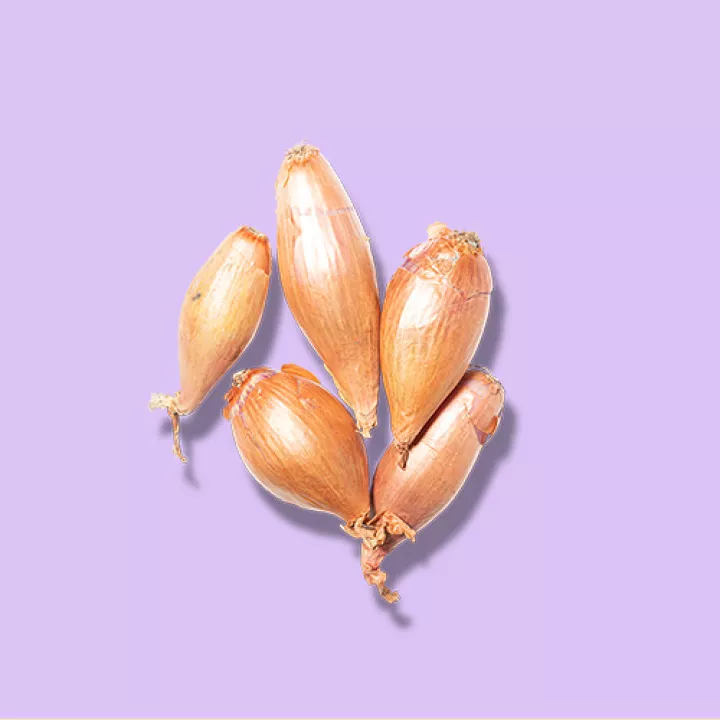
Traditional Shallots
Centre-Val de Loire
Originally from Central Asia, this plant in the same family as garlic and onion has been cultivated in France for centuries. But in our own way! That is, from bulbs, not seeds, and planted and harvested by hand. There are two main varieties on the shelves, one seasonal (from July to December), the other not, and there are hundreds of uses for this essential ingredient of French cuisine!
What you need to know
The shallot has been in France for almost 1,000 years. As far back as the 12th century, Brittany and the Loire Valley were already enjoying shallots. Since then, it has remained a staple in the kitchen, provided that it is produced according to industry standards and thus has the appellation of traditional shallot. For this, the bulbs are planted by hand, from October to November or February to April, in loose, well-drained soil. A few months later, the shallots are harvested by hand and put to dry in the sun for a few days, before being sorted and stored. In France, there are two main varieties: gray and pink. The gray, essentially cultivated in the south and the east of France, is characterized by its seasonality (from July to December), very limited production, small size, light tunic, white flesh and rather powerful notes. The pink variety, widely used, is available all year long, in different versions: long, with a fine and marked taste; half-long, with milder flavors, and round... The choice is yours!
Characteristics
Look
Touch
Taste
Nutritional benefits
The traditional shallot is rich in carbohydrates. Hence its natural ability to caramelize well! It is also slightly sulfurous, which promotes blood circulation.
Editor's note
How to use
Storage
For days on end, well dry, without piling them on top of each other.
Preparation
The shallot needs to be peeled. Simply remove its outer skin, which is too dry to be eaten.
Use
Take note, this is a key ingredient! The traditional shallot is used in the composition of many great classics of French gastronomy, from the Béarnaise, beurre blanc or Bordelaise sauces to the bavette steak with shallots, as well as the eponymous vinegar served with oysters. This ageless repertoire is complemented by many other uses of this condiment: raw, in a salad, roasted in the oven as a Tatin, candied in the pan as a compote...
Pair with
With vinegar, butter, potatoes, turnips, green asparagus, blood orange, oysters, mussels, beef... And for wine? Why not a Morgon?!


